The best part about Square Enix’s reimagining of the classic Final Fantasy VII game is that you don’t have to be a player of the original, or any game of the franchise, to enjoy and appreciate the visually striking Final Fantasy VII Remake, thanks in part to the cutting-edge technology that breathes new life into the critically-acclaimed title. Homage is paid to the 1997 game even as the source material is vastly expanded upon, showcasing how the developers painstakingly explored a fresh take on the story and gameplay. The reimagining was never meant to be a frame by frame remake focused solely on just making the game prettier than its predecessor because of better modern tech; the team behind Final Fantasy VII Remake had bigger and better plans.
It became clear while playing that the minds behind Remake put great care into rebuilding the game from the ground up in this new iteration that turned out even greater than I had anticipated. Final Fantasy VII Remake serves as such a monumental expansion from the original that the developers even elected to release it episodically, meaning, for those who didn’t already know, Remake is only Part One of the story — with who knows how many parts to follow — essentially becoming a franchise within itself.
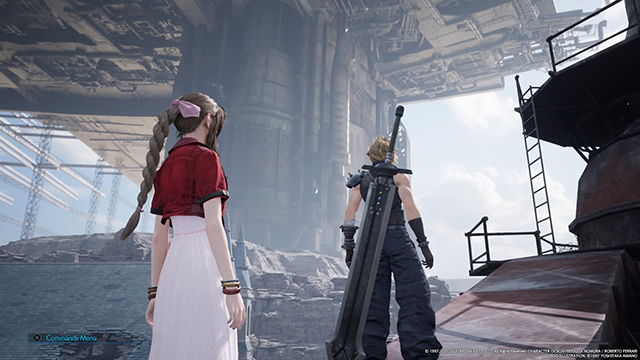
To briefly recap, the timely dystopian tale follows Cloud Strife, a former soldier for the electric power company Shinra’s military force who now works as a mercenary. Shinra is an industrial enterprise that supplies mako energy to make electricity efficient and accessible, but the company’s extraction of mako from the earth is slowly killing the planet. Shinra’s tyrannical rule over the world within Final Fantasy VII Remake has harmed, in one way or another, most of the main characters in the story, many of them members of the eco-terrorist group Avalanche who seek to save the planet from Shinra’s misuse of mako and the destruction of the planet.
Along with the poisoning of the world and the fight of power/control versus sustaining life and protecting the planet and all living creatures on it (except those pesky monsters you have to slay) the story also reflects a massive wealth inequality seen in the various sectors that make up Midgar, the capital city and Shinra’s power base, and especially within the Midgar slums that lie underneath the city proper. In the middle of dealing with Shinra, Cloud also suffers from mysterious headaches usually tied to visions or memories, including that of Sephiroth, arguably the most iconic villain in Final Fantasy history.
With roughly 40 hours of gameplay spent devoted entirely to Midgar in this first part, the expanded story allows players to become fully immersed into the narrative; time isn’t rushed as Cloud’s journey unfolds and players progress from one chapter to the next. Additionally, new characters and subplots are introduced while original side characters are fleshed out more. Take Avalanche member Wedge (voiced by Breaking Bad’s Matt Jones), for example, who could easily become a new fan-favorite sidekick.
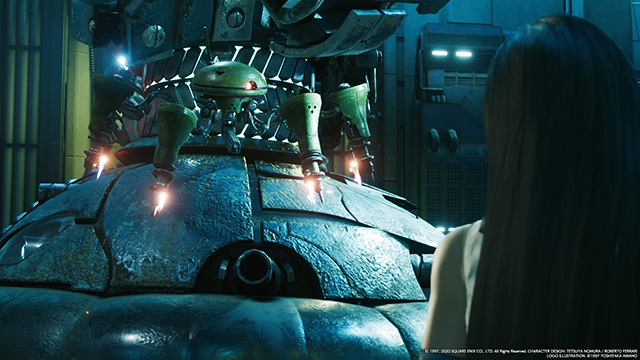
The game also gives you plenty of options to play with, including customizing materia and weapons as you upgrade your party members. In addition to the customizations, there is a lot to remember, such as acquiring battle intel for the young genius Chadley including assessing enemies or defeating them in VR to assist in making summoning materia; learning new techniques; taking on job requests, and so on. My favorite part about the side quests is that they are relatively self-contained to each sector and not overwhelming; you are given a few at a time that can mostly be addressed at your leisure and in whatever order you so desire, earning money and a greater reputation as you grow your merc business.
There are a few details you could get nitpicky about, like some of the cheesy dialogue or little glitches including the AI’s occasionally blocking your way as you’re attempting to perform a simple task (like trying to open a door or when you impatiently all try to climb a ladder at the same time), or the not-so-seamless transitions the characters sometimes experience as you move between automated dialogue/actions and back into open gameplay. Not that any of these minuscule issues really affect the gameplay negatively and, I’m sure, will be cleaned up a bit in the upcoming Part Two.
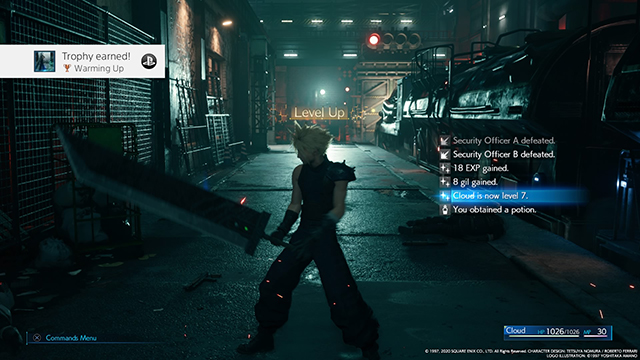
My biggest complaints have more to do with a few of the tedious tasks inserted throughout the game that often pop up before big boss battles. But while those contrived, mandatory duties can be annoying at times, again, it’s not enough to make you want to toss the controller and quit playing. A greater challenge that takes some getting used to is the combat system that is, on the one hand, very stylish but can, at times, become a problem when the camera angle disrupts the field of vision when you’re utilizing the free-style fighting mode. You will adapt, though, and I absolutely prefer the free-flowing action over the classic turn-based style, especially since you actually get the best of both worlds as there are many commands you can still give your party members that are similar to the original, specifically for the use of items, unique abilities, casting spells, and summoning.
Of course, the most significant issue some other players have expressed about the game has to do with its ending — or lack thereof since this is only the first part of the story, resulting in a bit of a cliffhanger. There is currently no release date set for the second part of the Final Fantasy VII Remake saga, though director and concept designer Tetsuya Nomura shared in a blog post from the game’s development team last year that they had “already begun working on the next one.” While I am excited by the idea of a franchise within a franchise as the tale has been broken down into pieces with more to look forward to, others are left feeling frustrated by the lack of a real conclusion in this installment (so, for those who have not played yet, keep in mind that this is an ongoing narrative).
A friend of mine made the point that she doesn’t want to have to spend $60 for each new part that is released for Remake, which is a completely valid take and a seemingly common concern among some gamers. For me, though, this episodic release format feels no different than, for example, the time and money we as fans have happily invested for every movie launched in cinematic franchises, such as the MCU, The Lord of the Rings, Harry Potter, the Skywalker Saga, and so on, no matter how many installments there are or how regularly they are released. Point being, this is far from the first time we have seen stories split up in a similar fashion, and if the follow-up parts to Final Fantasy VII Remake are as full of quality gameplay as this one, I’ll happily continue opening my wallet.
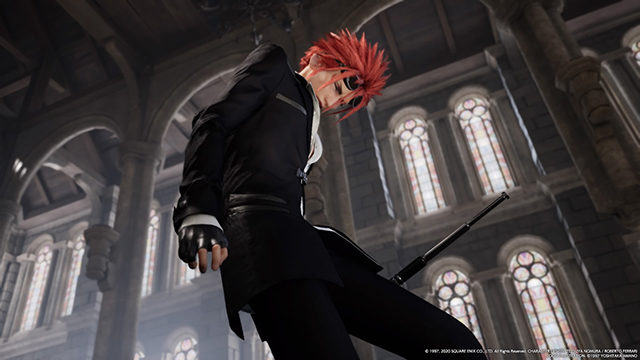
There’s no denying Final Fantasy VII Remake was developed by a team of creators who love the classic and envisioned what could be added to it, while clearly putting the player’s gaming experience front and center. Instead of cramming aspects of the story together or rushing anything — instead, allowing time to flow more realistically in a way throughout the game — or sacrificing the use of higher visual quality, they focused on doing what they genuinely felt would be beneficial to each players’ experience.
In order to take on this reimagining with immersive storytelling and a “more realistic approach to the world” using modern-day technology, producer Yoshinori Kitase recently shared why the episodic release style was decided upon: “One [option] was to fit all the elements into one game by simplifying each of the elements, which basically would have resulted in a very cut-down digest of the original game, where the players would just follow the main storyline, but we would have had to cut a lot of content with that approach, and we didn’t think that fans would have accepted that. The other was to focus on the portion of the story up to the escape from Midgar, allowing us to avoid omitting any important scenes and to expand on the original, by going deeper into the world and characters than before. Effectively it would be a new game with emphasis on creating a realistic presentation with substance. We decided that the latter is what the fans are looking for and would enjoy far more. Development is already underway for the next game, and we are striving to make it even better than this one.”
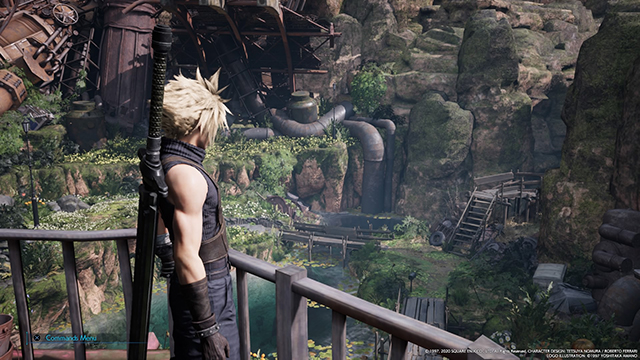
For those that were worried that focusing entirely on Midgar would make the game not substantial enough as a title on its own, fear not. Final Fantasy VII Remake is expansive but not stretched too thin, allowing for satisfying gameplay, battles, and storytelling that make their own argument as to why the episodic release structure works well. Also, and I don’t want to spoil the ending, but Chapter 18 of the game reveals a twist in the story that not only shakes up the first part of the remake but will leave you as curious as I am as to how the rest of the parts will play out as now basically anything is possible, leaving the future full of so much potential.
The bottom line is, Final Fantasy VII Remake is absolutely worth the investment. The game is fun and addicting, one you can jump right into whether you’re a Final Fantasy pro or a complete newbie to the series, and it could not have been released at a better time as we could all use a bit of an escape.
Final Fantasy VII Remake is available now on PS4. Grab your copy here!
We are a participant in the Amazon Services LLC Associates Program, an affiliate advertising program designed to provide a means to earn fees by linking to Amazon.com and affiliated sites.










